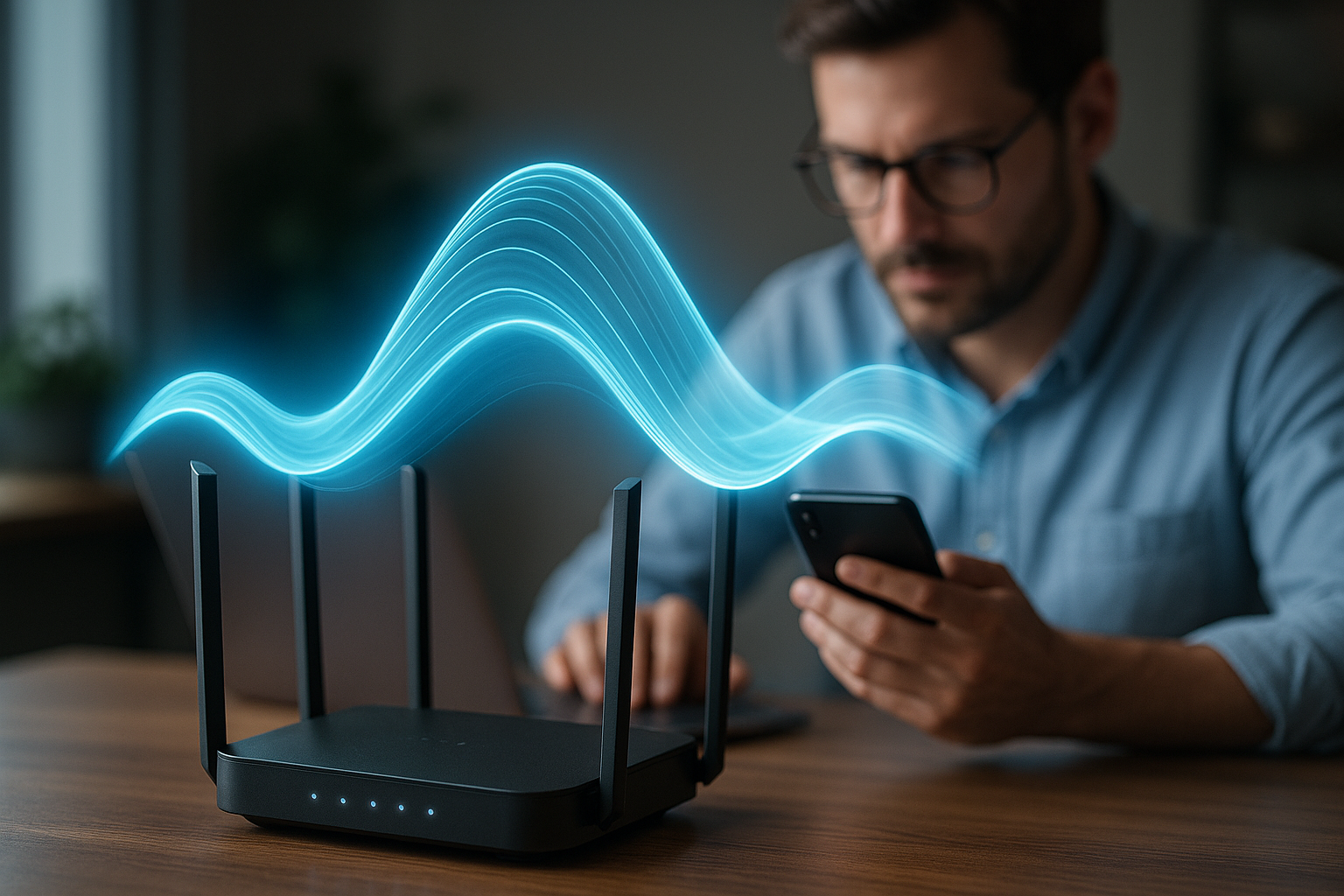"From Lab to Living Room: The Journey of VR Headsets"
Introduction: Virtual Reality (VR) is no longer a distant dream but a tangible reality, offering an immersive experience that has transformed our interaction with digital content. VR headsets, the key facilitators of this experience, have traversed a remarkable journey from experimental labs to our living rooms. This article delves into the evolution, current trends, and future implications of VR headsets in the tech landscape.

The Genesis of VR Headsets
In the late 1960s, Ivan Sutherland, often referred to as the ‘father of computer graphics’, engineered the first VR headset, known as ‘The Sword of Damocles’. Named for its intimidating appearance, it was a bulky, weighty device that hung from the ceiling, a far cry from today’s sleek, portable offerings. The concept, however, established the foundation for future developments, embodying the possibility of a dynamic, interactive virtual environment.
The Leap to Commercial Availability
VR technology remained largely confined to labs and research centres until the 1990s when tech companies began to experiment with consumer-level products. Sega, a popular name in the gaming industry, announced a VR headset for their Sega Genesis console in 1991, but it never saw the light of day due to technical difficulties.
In 1995, Nintendo released the Virtual Boy, the first-ever portable console offering 3D graphics. However, it failed to impress the market due to its red monochrome display, lack of software support, and discomfort caused to users. Despite these early setbacks, the idea of VR had planted itself in the consumer market.
The Resurgence of VR Headsets
The real breakthrough in VR technology came with the launch of Oculus Rift in 2016. Backed by a successful Kickstarter campaign, the Rift featured a 1080p display, integrated headphones for a 3D audio effect, and rotational and positional tracking. It marked the beginning of high-quality, immersive VR experiences at a consumer level.
The success of Oculus Rift gave way to a slew of VR headsets from tech giants like Sony’s PlayStation VR, HTC’s Vive, and Samsung’s Gear VR, bringing the technology into mainstream consciousness.
Present Scenario and Future Outlook
Today, VR headsets are not just gaming accessories but transformative tools in fields as diverse as healthcare, education, real estate, and tourism. According to a report by Grand View Research, the global VR market size was valued at USD 15.81 billion in 2020 and is expected to expand at a compound annual growth rate (CAGR) of 18.0% from 2021 to 2028.
The future of VR headsets promises even more exciting innovations. Facebook’s Oculus is developing ‘Half-Dome’, a prototype with varifocal displays for more realistic visuals. Meanwhile, tech start-up Mojo Vision is working on a contact lens that provides a VR experience, indicating the potential for even more compact and natural interfaces.
The Impact on the Market
The burgeoning VR market is not just changing the way we interact with digital media but also significantly impacting the global economy. With a broad price range from $200 for entry-level headsets to $1000 for high-end devices, VR technology is becoming accessible to a wider demographic, driving demand and growth.
The journey of VR headsets from experimental labs to our living rooms is a testament to the rapid pace of technological advancement. As we stand on the brink of a new era in digital interaction, it is exciting to see where this journey will take us next.




